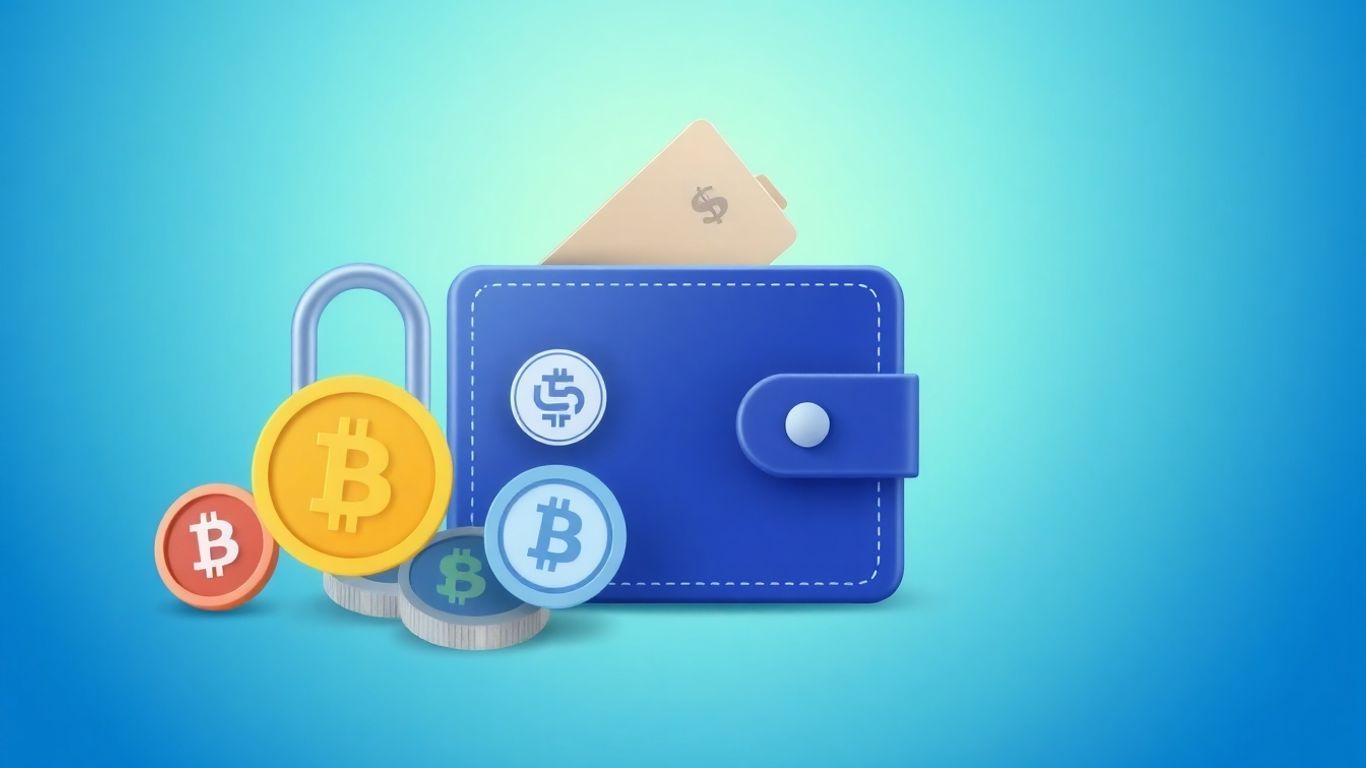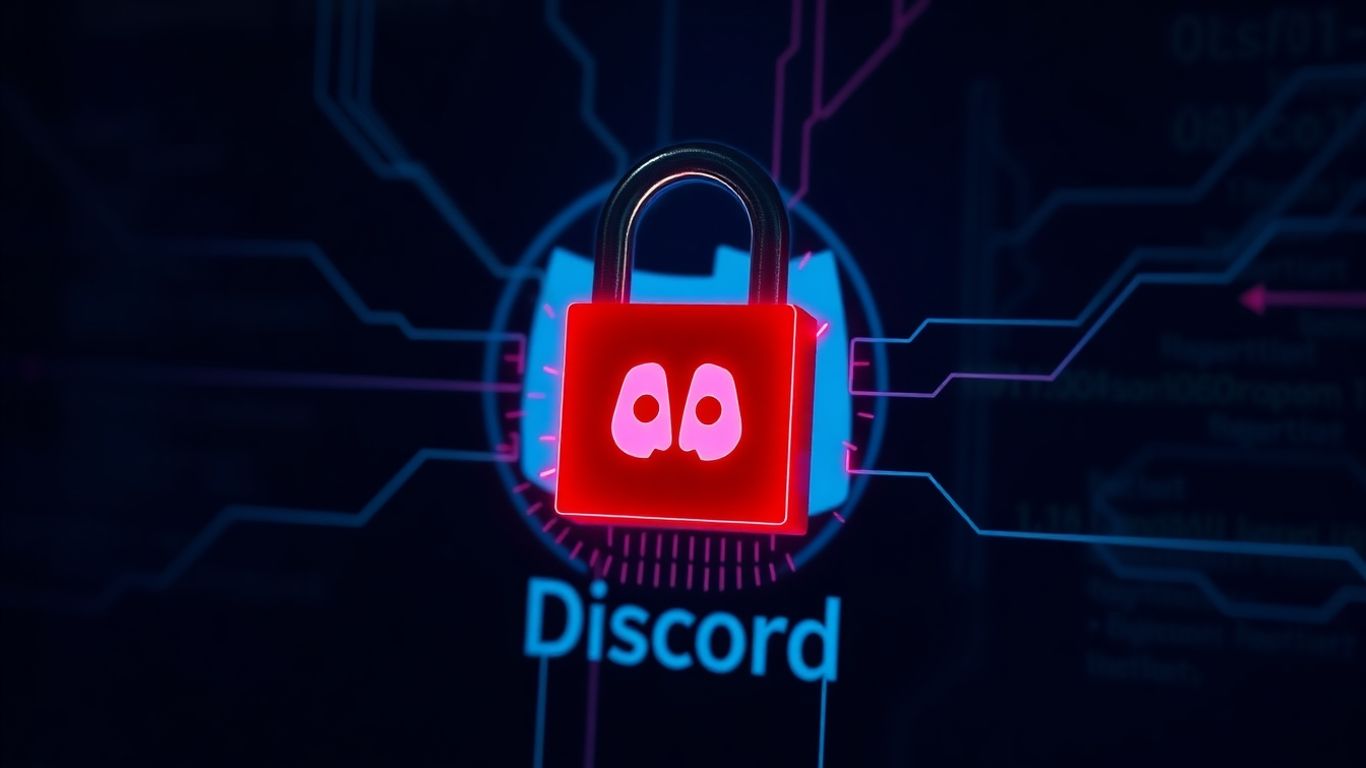[ newsletter ]
Stay ahead of Web3 threats—subscribe to our newsletter for the latest in blockchain security insights and updates.
Thank you! Your submission has been received!
Oops! Something went wrong. Please try again.
Explore blockchain technology: principles, operations, applications, challenges, and future. A comprehensive guide.





Hey there! So, you've probably heard about blockchain technology, right? It's been buzzing around everywhere, from finance to tech news. But for a lot of people, it still feels a bit like magic or something super complicated. Don't worry, you're not alone! This guide is here to clear things up. We're going to break down what blockchain technology actually is, how it works, and why it's becoming such a big deal across different industries. We'll also look at some of the tough parts and what the future might hold. If you're curious about digital ledgers and systems that aren't controlled by one central power, you're in the right spot. Let's get into it and make sense of blockchain technology together!

Okay, so what's the big deal with blockchain? It all starts with the idea of a decentralized ledger. Instead of one central authority holding all the information, like a bank, the data is spread across many computers. Think of it like a shared Google Doc, where everyone has a copy and can see the changes. This makes it way harder for anyone to tamper with the data because they'd have to change it on every single computer in the network.
Decentralization is a key aspect. It means no single entity controls the blockchain. This distributed nature is what gives blockchain its resilience and trustworthiness.
Cryptography is the backbone of blockchain security. It's what keeps everything safe and sound. Basically, it uses complex math to encrypt data and verify transactions. This ensures that only authorized parties can access or modify the information. Think of it as a super-advanced lock and key system. validate transactions using cryptography.
Immutability and transparency are two sides of the same coin when it comes to blockchain. Immutability means that once data is recorded on the blockchain, it can't be altered or deleted. Transparency means that all transactions are publicly viewable on the network. This combination creates a system where everyone can see what's happening, but no one can mess with the past. It's like a permanent, open record book.
Here's a simple breakdown:
| Feature | Description
Blockchain tech, at its core, is about how data is recorded and shared. It's not just about cryptocurrency; it's a way of ensuring information is secure and transparent. Let's break down how it actually works.
Imagine a digital ledger, like a Google Doc shared with many people. Instead of one central copy, everyone has a copy, and every change is visible to all. That's kind of what a blockchain is. It's a chain of blocks, each containing data, and linked to the previous block.
How do you make sure everyone agrees on what's added to the blockchain? That's where consensus mechanisms come in. These are the rules that the network follows to validate transactions and add new blocks.
The consensus mechanism is the backbone of a blockchain. It ensures that all participants agree on the state of the ledger, preventing fraud and double-spending.
So, how does a transaction get added to a block? It's not automatic. It needs to be validated by the network. This involves several steps:
This process ensures that only valid transactions are added to the blockchain, maintaining its integrity and security. The blockchain applications are vast and varied, but this validation process is key to all of them.
Blockchain tech isn't just for Bitcoin anymore. It's popping up everywhere, solving problems and making things more efficient in ways you might not even realize. From tracking your coffee beans to securing your medical records, blockchain's got potential. Let's look at some specific examples.
Blockchain is changing how money moves and how financial products are made. Banks are exploring blockchain applications to speed up transactions and cut costs. Imagine sending money across borders instantly, without all the fees and delays. That's the promise of blockchain in finance. But it's not just about money. Blockchain can also help with things like:
Ever wonder where your food comes from? Blockchain can help track products every step of the way, from the farm to your table. This means:
Blockchain's ability to create a shared, immutable record makes it perfect for supply chain management. Every transaction, from the origin of raw materials to the delivery of the final product, can be recorded on the blockchain, creating a complete and verifiable history.
Data breaches are a constant worry these days. Blockchain offers a new way to store and manage data more securely. Instead of relying on a central database, data is distributed across a network, making it much harder for hackers to access. This can be used for:
Here's a simple table showing the benefits of blockchain in data management:
Blockchain tech is pretty cool, but it's not perfect. There are definitely some bumps in the road when it comes to using it in the real world. Let's look at some of the main issues.
One of the biggest headaches is blockchain scalability. Some blockchains just can't handle a ton of transactions at once. Think about it like this: if everyone in the world suddenly started using one particular blockchain for every single purchase, the whole system could grind to a halt. It's like a highway during rush hour – too many cars, not enough lanes. This is a big problem if blockchain wants to go mainstream. The speed and efficiency need to improve drastically.
Scalability solutions are being worked on, like sharding and layer-2 protocols, but they're still in development and have their own set of challenges.
Figuring out the legal side of blockchain is a mess. Different countries have different rules, and some don't have any rules at all. This makes it hard for businesses to use blockchain because they don't know if they're breaking the law. It's like trying to build a house when you don't know what the building codes are.
Some blockchains, especially those that use "proof of work", eat up a ton of electricity. All that computing power to verify transactions adds up, and it's not great for the environment. It's like leaving all the lights on in your house 24/7. People are looking into greener alternatives, but it's still a concern. Here's a quick look at the energy consumption of different consensus mechanisms:
Blockchain tech is moving fast, and it's not just about Bitcoin anymore. It's seeping into all sorts of areas, and the future looks pretty interesting, even if it's hard to predict exactly where things will go. I mean, who really knows what tomorrow will bring, right?
There are a few things that seem to be gaining traction. Layer-2 scaling solutions are becoming more important as people try to make blockchains faster and cheaper. Think of it like adding express lanes to a highway. Also, more and more blockchains are trying to work together, which is called interoperability. This means you could move assets or data between different blockchains more easily. Finally, there's a lot of buzz around new consensus mechanisms that are supposed to be more energy-efficient than the old proof-of-work system.
This is where things get really interesting. Imagine combining the security and transparency of blockchain with the smarts of AI and the connectivity of IoT. For example, you could use blockchain to secure data collected by IoT devices, and then use AI to analyze that data in a trustworthy way. Or, you could use AI to improve the efficiency of smart contracts on a blockchain. The possibilities are pretty wild.
Blockchain is starting to have a real impact on the world, even if it's not always obvious. More and more companies are using it to improve their supply chains, verify identities, and even create new kinds of financial products. However, there are still challenges to overcome, like regulatory uncertainty and a lack of skilled developers. But overall, the trend seems to be towards greater adoption.
It's important to remember that blockchain is still a relatively new technology, and there's a lot of hype around it. Not every problem needs a blockchain solution, and it's important to be realistic about what it can and can't do. But if used wisely, it has the potential to transform many different industries.

Blockchain tech is often touted as super secure, but it's not foolproof. Like any system, it has its weak spots. Let's break down some key security considerations.
So, how do we keep data safe on a blockchain? Well, a big part of it comes down to cryptography. Think of it as a really complex lock and key system. Each transaction is secured using cryptographic keys, making it difficult for unauthorized folks to mess with the data. Data encryption smart contract auditing is also a big deal, especially when dealing with sensitive information. Here's a few ways to protect data:
Even with all the fancy cryptography, blockchains aren't immune to attacks. One common concern is the "51% attack," where someone gains control of over half the network's computing power. This could let them manipulate transactions. Also, smart contracts, which are basically self-executing agreements on the blockchain, can have vulnerabilities if they're not coded carefully. Human error is a big factor, too. Here's a few vulnerabilities to consider:
It's important to remember that blockchain security isn't just about the technology itself. It's also about how it's implemented and used. A poorly designed system can be just as vulnerable as one with technical flaws.
Okay, so how do we make sure our blockchain implementations are as secure as possible? First off, thorough testing and auditing of smart contracts are a must. We also need to educate users about security risks, like phishing scams. Keeping software up to date is also important. Here's a few best practices:
Blockchain tech isn't just one-size-fits-all. There are different types of networks, each with its own set of rules and permissions. It's kind of like having different types of clubs – some are open to everyone, while others are exclusive.
Think of public blockchains like Bitcoin or Ethereum. Anyone can join, participate, and view transactions. It's completely open and transparent. The downside? They can be slow and require a lot of computing power. Plus, there's not much privacy. These are important considerations for enterprise use cases of blockchain networks.
Private blockchains are the opposite of public ones. They're controlled by a single organization, which decides who gets to participate. This is useful for businesses that need more control and privacy. Consortium blockchains are similar, but they're governed by a group of organizations. This can increase trust and confidence between participants. A private blockchain can be run behind a corporate firewall and even hosted on-premises.
Hybrid blockchains try to combine the best of both worlds. They offer a mix of public and private features, allowing organizations to control access to certain data while still benefiting from the transparency of a public blockchain. Businesses that set up a private blockchain will generally set up a permissioned blockchain network. Public blockchain networks can also be permissioned. This puts restrictions on who is allowed to participate in the network and in what transactions. Participants need to obtain an invitation or permission to join.
Choosing the right type of blockchain depends on the specific needs of the application. Factors to consider include the level of transparency required, the need for privacy, and the desired level of control.
Here's a quick comparison:
So, we've gone through a lot about blockchain, right? It started out as this thing for digital money, but now it's doing so much more. It's really changing how we deal with information online, making things super secure and clear. But it's not all smooth sailing; there are still some bumps in the road and things to think about ethically. Getting into blockchain means you need to know how it works, but also be aware of what could go wrong. As technology keeps moving forward, we've got to be smart about how we use it. It's a big deal, and it's still growing.
Blockchain is like a super secure digital notebook where information is recorded in 'blocks' and linked together in a long 'chain.' Once something is written in this notebook, it's really hard to change or erase, making it very trustworthy.
Blockchain works by having many computers, called 'nodes,' all keep a copy of the same digital notebook. When new information is added, everyone checks it, and once they agree, it's added to a new block. This makes it very hard for anyone to cheat or change records without everyone else knowing.
Blockchain is super secure because each new block of information is tied to the one before it using complex math, like a digital fingerprint. If someone tries to mess with an old block, its fingerprint changes, and everyone on the network will see that something is wrong.
Blockchain can be used for many things beyond digital money! It's great for keeping track of supply chains, managing digital identities, securing medical records, and even for voting systems, making things more transparent and trustworthy.
While blockchain is amazing, it does have some challenges. Sometimes it can be slow because every computer has to agree on new information. Also, it uses a lot of energy for certain types, and governments are still figuring out how to make rules for it.
Blockchain is still pretty new, but it's growing fast! Experts think it will become even more common in everyday life, maybe even working with other new technologies like artificial intelligence (AI) and the Internet of Things (IoT) to make our digital world safer and more efficient.


